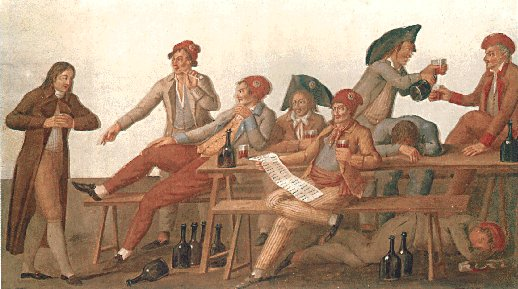The name of dragoons officer Hubert Rochereau is commemorated on a war memorial in Bélâbre, his native village in central France, along with those of other young men who lost their lives in the first world war. But Rochereau also has a much more poignant and exceptional memorial: his room in a large family house in the village has been preserved with his belongings for almost 100 years since his death in Belgium.
A lace bedspread is still on the bed, adorned with photographs and Rochereau’s feathered helmet. His moth-eaten military jacket hangs limply on a hanger. His chair, tucked under his desk, faces the window in the room where he was born on 10 October 1896.
He died in an English field ambulance on 26 April 1918, a day after being wounded during fighting for control of the village of Loker, in Belgium. The village was in allied hands for much of the war but changed hands several times between 25 and 30 April, and was finally recaptured by French forces four days after Rochereau’s death. The parents of the young officer kept his room exactly as it was the day he left for the battlefront. When they decided to move in 1935, they stipulated in the sale that Rochereau’s room should not be changed for 500 years.
“This clause had no legal basis,” said the current owner, retired local official Daniel Fabre, who showed the room to the Nouvelle République newspaper. But nevertheless he and his wife, who inherited the house from her grandparents, have respected the wishes of Rochereau’s parents and will continue to do so.
The room contains the spurs of the cavalry officer, his sword and a fencing helmet, and a collection of pistols. A flag is propped up beside the wall. His pipes are on his desk and the stale smell of English tobacco comes from a cigarette packet. Rochereau, a second lieutenant with the 15th Dragoons Regiment based in Libourne, outside Bordeaux, received a posthumous croix de guerre, the French equivalent of being mentioned in dispatches, and the Legion of Honour for his extreme bravery on the battlefield. As well as being commemorated at the local war memorial, his name is also on the monument to the fallen in Libourne.
The regiment’s history recounts how Rochereau’s commander was killed by a bullet to the head after giving the “heroic” order to counterattack in Loker. On Rochereau’s desk is a vial on which, in keeping with tradition, a label records that it contains “the soil of Flanders on which our dear child fell and which has kept his remains for four years”.
The battlefields of Flanders, which stretched from north-east France into Belgium, saw some of the fiercest fighting of the 1914-18 war. To commemorate the 580,000 soldiers who died on that part of the western front, a memorial by the architect Philippe Prost is due to be inaugurated by the French president, François Hollande, on 11 November.
The soldiers who died there came not only from the UK, France, Belgium and Germany but also from as far afield as Canada, South Africa, New Zealand, Australia and India. The memorial at Notre-Dame-de-Lorette, France’s biggest national war cemetery, where the remains of 40,000 French soldiers are interred, is a giant ring of gilded metal bearing the names of the dead. Prost says he intended the Ring of Memory to symbolise unity and eternity.
from
http://www.theguardian.com










